In a cemetery beside a mosque on the outskirts of Nazran, a small city in the republic of Ingushetia at the foot of the Caucasus mountains, stand 192 unusual headstones.
Only a name and date of birth are carved on each one, because these graves await people whose precise fate is unknown, but who are presumed dead after vanishing during the first conflict to erupt in Russia after the collapse of the Soviet Union.
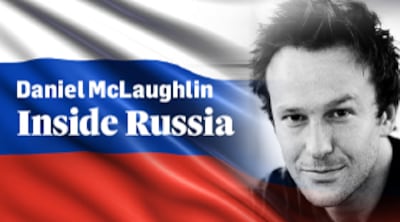
The fighting in late 1992 between Muslim Ingush and mostly Orthodox Christian Ossetians lasted for only six days, but continues to taint relations between their republics today, and left another knot of pain and anger in Caucasus history that is scarred by centuries of violence, oppression and unresolved grievances.
"Twenty-four of my relatives were killed or disappeared," says Ayub Tsurov, who manages the memorial cemetery and for nearly 30 years has led efforts to find the remains of Ingush victims in neighbouring North Ossetia and bring them here for burial.
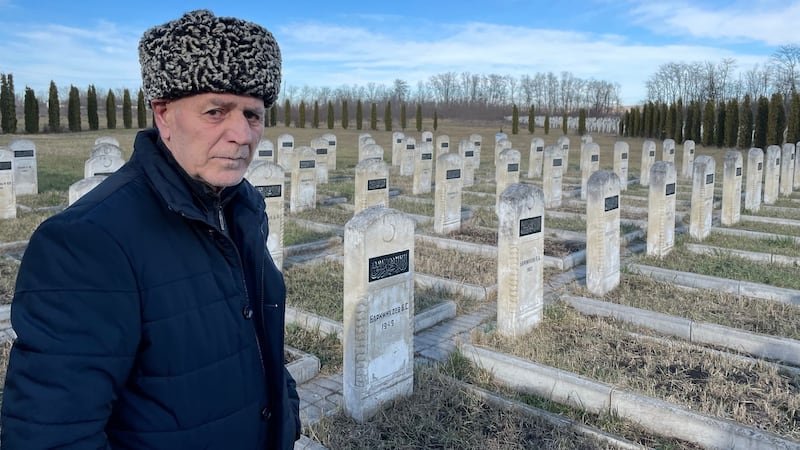
“The official investigative agencies and prosecutors said they were looking for the missing, but in fact they hardly did anything . . . We have approximate information on the places where people are buried, but there is no response to our appeals from that side. They don’t want to work with us on this,” he explains.
“I saw with my own eyes . . . how armoured vehicles came in, and then marauders or militiamen or whatever you want to call them stole what they could and destroyed our homes,” recalls Tsurov, who was held hostage for 1½ months in North Ossetia until a prisoner exchange was agreed.
“I know who took me – he grew up with me, we were at school together. I’ve told investigators everything – who took me, in what car, how it happened, who took my brothers – but there’s no reaction. They just make excuses,” he says.
Resentment
The fighting killed about 600 people, most of them Ingush, and drove tens of thousands of Ingush from the Prigorodny district of North Ossetia, which borders Ingushetia. Many still cannot return to their homes, compounding resentment over the failure of North Ossetian and Russian authorities to punish crimes committed in October and November 1992, or to find and return the remains of the missing.
“Silence won’t get us anywhere,” Tsurov says. “But if we resolve this it will help people get over it, people will calm down and the atmosphere will be totally different.”
Tension rose last month after at least three fights between Ossetians and Ingush in North Ossetia. No one was badly hurt, but the way these relatively minor incidents were swiftly blamed on inter-ethnic enmity, stoking local political alarm and anger on social media, showed there is still heat in a dispute that is rooted deep in Soviet history.
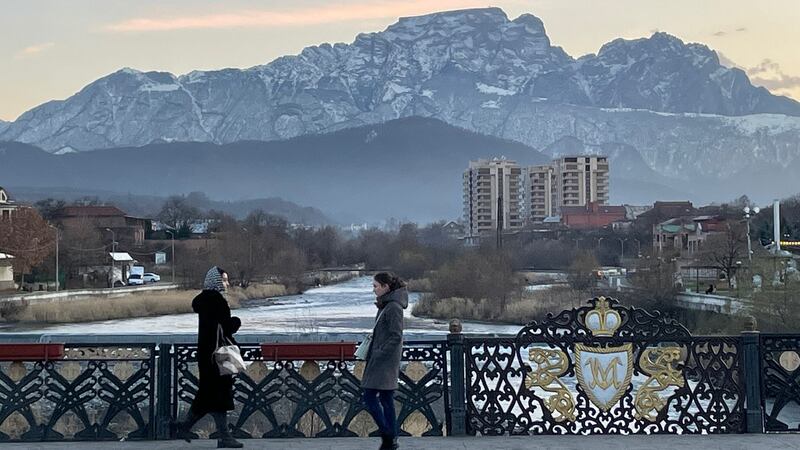
A century after Russia fought to conquer the Caucasus and bring its mostly Muslim population into the Tsarist empire, Soviet dictator Josef Stalin ordered the mass deportation to Siberia and Central Asia of several entire nations, on the pretext that they had allegedly aided the German invasion of the country in 1941.
In early 1944, more than half a million Ingush and Chechen people were transported, many in wooden cattle cars, to remote and inhospitable tracts of steppe, thousands of miles from their homeland in and around the soaring Caucasus.
After his death in 1953, the Soviet authorities denounced Stalin’s most heinous crimes and cleared the deported nations of the slur of Nazi collaboration, but forced expulsion and exile had already killed hundreds of thousands of their people.
When the Ingush were allowed to go home in 1957, they found the fertile farmland of Prigorodny district had been transferred to North Ossetia and settled by Ossetians who moved there – sometimes on Soviet orders – after the deportations. Many Ingush returned, but the issue became a flashpoint between the nations.
Moscow ruled in 1991 that the district should return to Ingush control, but North Ossetia did not comply, and amid the spreading chaos that followed the implosion of the Soviet Union that same year, Ossetians and Ingush took up arms and began killing and kidnapping each other.
Favoured nation
Federal troops arrived to end the fighting but did nothing to reverse the expulsion of the Ingush, reinforcing a perception here that Russia’s favoured nation in the Caucasus are the Ossetians, a largely Orthodox Christian people who were less hostile to the Tsarist takeover of the region than many of their Muslim neighbours.
A much bigger crisis was already brewing just to the east in Chechnya, where from 1994-96 and again from 1999-2000, Russian forces would battle militants whose fight for independence came to be dominated by Islamist extremists, spawning a terror campaign across the North Caucasus and elsewhere in Russia.
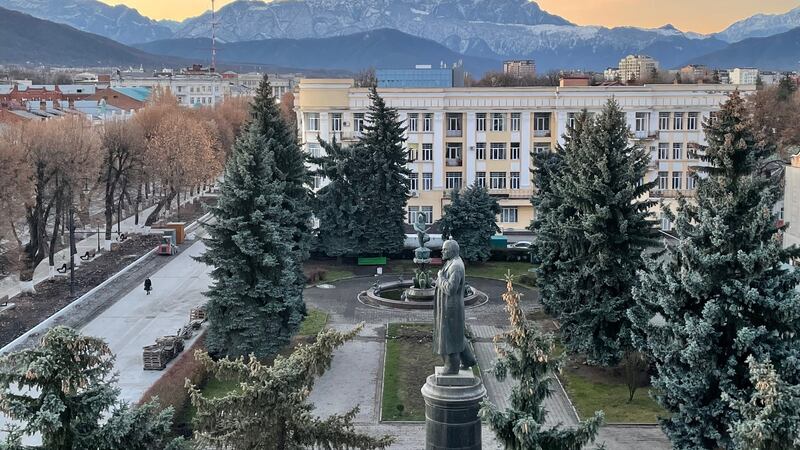
The devastating wars killed hundreds of thousands of civilians in Chechnya, and in 1999 about 200,000 Chechens fled to Ingushetia, which also suffered gun and bomb attacks as the war and anti-terror operation spilled over onto its territory.
Despite the two nations’ history of close ties and shared suffering, Chechen leader Ramzan Kadyrov – whose own reign of terror has helped the Kremlin crush resistance in his homeland – pushed through a deal in 2018 to take up to 10 per cent of Ingush land, sparking big protests in the region that police violently dispersed.
The agreement remains unacceptable to many Ingush, and amid their fresh criticism of the pact and other border disputes, Kadyrov ordered his powerful security forces to conduct manoeuvres on the Chechnya-Ingushetia frontier late last month.
"I don't see Kadyrov holding exercises as a threat to Ingushetia. It's a demonstration [of power]," says Timur Akiev, head of the Memorial human rights group's office in Ingushetia.
He is also “absolutely sure” that Moscow will not allow serious conflict between Ingushetia and North Ossetia, but sees disturbing signs online of the anger still simmering in society.
“There’s already something like a war taking place on social media,” Akiev says of the response to the recent fights between Ossetians and Ingush.
“I see from comments on both sides that the conflict hasn’t disappeared. It’s alive, it’s still there like a dormant volcano, just waiting to explode with the same degree of hate,” he warns.

“Our main criticism of the authorities is that they are doing nothing to solve this and improve relations . . . starting with programmes for children, so they don’t grow up with this hostility,” Akiev explains, highlighting work that Memorial has done to aid small businesses for Ossetians and Ingush in Prigorodny district.
“The federal authorities don’t need any border conflicts and will do all they can to avert that. But I hope at some stage they won’t just prevent conflict with force – again driving people underground – but will actually deal fundamentally with the problem and help people make peace.”
Political control
In Vladikavkaz, capital of North Ossetia, prominent local blogger Alik Pukhaev also sees Moscow relying on tight political and security control to maintain stability in the Caucasus, rather than major investment to lift the whole area out of poverty.
“There are some simple decisions that could be taken on a local level quickly, but when the authorities try to hold back and freeze all processes, then of course tension emerges,” he says.
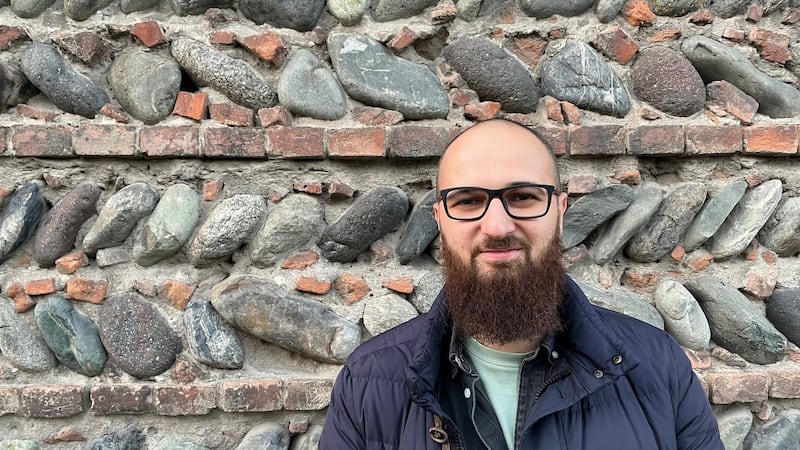
“Tension between people in the Caucasus, not just between Ossetians and Ingush, and lots of other local problems would be removed by economic growth, by development of business, by development of civil ties – it would solve everything in a few decades, but it’s not happening,” Pukhaev adds.
The official North Ossetian view of the 1992 fighting is that brave defenders of the republic fought off an unprovoked attack by vengeful and land-hungry Ingush extremists.
Memory of the clashes retains less pain and power here than in Ingushetia, partly because Ossetians effectively won the conflict and suffered far fewer losses than the Ingush, but also because a later act of violence inflicted deep trauma on this society.
In September 2004, Islamist militants seized a school in Beslan, 25km north of Vladikavkaz, and took more than 1,000 people hostage. The three-day siege ended in explosions and a chaotic gun battle between the attackers and security forces, which left 333 hostages dead, including at least 180 children.
Most of the militants were from Ingushetia and Chechnya, and one theory holds that they hoped their attack would spark all-out war between Christians and Muslims in the Caucasus.
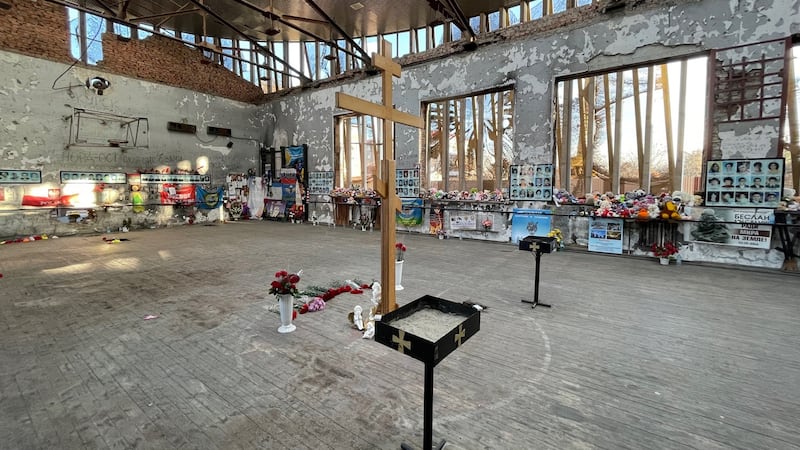
Federal forces were deployed to counter the threat of wider violence, but the subsequent disappearance and suspected murder of more than 20 Ingush in North Ossetia is thought to have been the work of local vigilantes.
“The history of Ossetia is divided into before and after Beslan,” says Pukhaev, standing by the Terek river that rushes down from the mountains and bisects Vladikavkaz.
“This had such a powerful effect on the minds and souls of people here . . . It was an unbearable event.”
In Nazran, just 25km east of Beslan, Akiev says the attack “was also seen here as a terrible tragedy. Ingush society absolutely distanced itself from those who did this.”
Best friends
On the road between the two towns, builder and part-time taxi driver Rolan tells a very different story of Caucasus life, of how he – an ethnic Armenian – grew up in Georgia, just over the mountains from Vladikavkaz, with an Azeri and an Ossetian as his best friends at school.
"They live in Vladikavkaz now. When I moved to Russia eight years ago, they welcomed me so warmly that I decided not to continue on to Moscow. So I settled down here with my wife and child. When we feel nostalgic we drive through the mountains and spend a couple of days in Tbilisi and in Rustavi, where we grew up.
“When we were young, no one talked about who belonged to which nationality,” Rolan says. “All that started in the 1990s after the Soviet Union collapsed and conflicts began. We were all just Soviet kids.”
Such harmony is much harder to imagine now, after post-Soviet wars between Armenia and Azerbaijan and between Georgia and Russian-backed separatists in South Ossetia.
The same Soviet Union that gave Rolan his happy childhood condemned several Caucasus nations to bitter exile, however. Among the Ingush exiles were the parents of Tsurov, who spent his early years in a remote village in Central Asia.
"I was born in Kazakhstan after my parents were exiled in 1944. Then in 1992 I was expelled . . . from my home," Tsurov says at the cemetery in Nazran.
“Every year we mourn here on October 30th, the day fighting began in 1992, so the dead and the missing are not forgotten,” he adds.
“We need to find the missing and allow them to be buried. If we don’t, it will be a permanent stumbling block between Ingush and Ossetians. The sooner we remove it, the better it will be for them, for us and for Russia - for everyone.”












